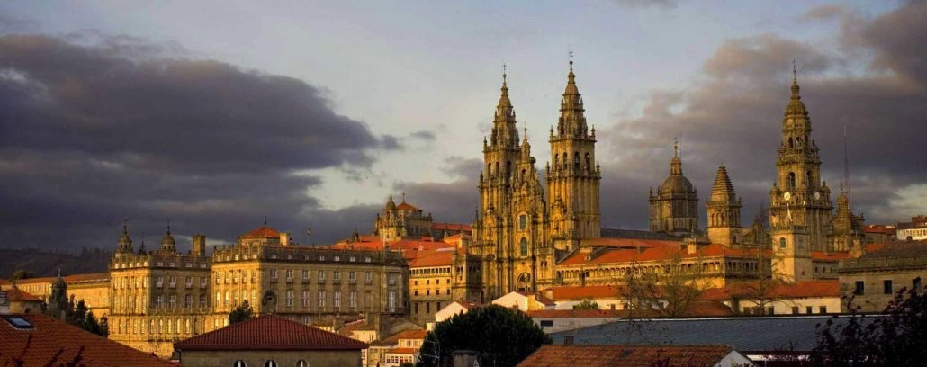Speaker
Description
Neutron capture reactions on nuclei near neutron shell closures predominantly proceed via direct-semi-direct processes that require knowledge of the neutron spectroscopic strengths of specific excitations. Understanding neutron capture on neutron-rich nuclei near N=50 is also important for understanding the synthesis of nuclei via a weak r-process [1]. Of particular interest is neutron capture on the N=50 isotone 84Se. We measured the (d,p) reaction with 45 MeV/u rare isotope 84Se beams at the National Superconducting Cyclotron Laboratory (NSCL) where reaction protons were measured in the Oak Ridge Rutgers University Barrel Array (ORRUBA) of position-sensitive silicon strip detectors in coincidence with beam-like recoils analyzed with the S800 magnetic spectrograph. The results from this measurement were combined with previous measurements [2] at 4.5 MeV/u to constrain the single particle asymptotic normalization coefficient (spANC) and therefore the spectroscopic factors for the ground 5/2+ state (2d5/2) and first excited ½+ state (3s1/2) were deduced with uncertainties dominated by statistics rather than uncertainties in the bound state potential, using methods from previous studies with stable 86Kr beams [3]. The spectroscopic factors for these 5/2+ and 1/2+ states were used to deduce direct-semi-direct neutron capture cross sections as a function of neutron energy. This collaboration is also approved to measure the (d,p) reaction with 80Ge beams at the Facility for Rare Isotope Beams (FRIB) at the S800 using ORRUBA coupled to GRETINA to realize GODDESS ( ORRUBA Gamma Array: Dual Detectors for Experimental Structure Studies). The 80Ge(d,p) reaction has previously been measured at 3.9 MeV/u [4]. The approved experiment would not only inform DSD capture on a nucleus important in understanding weak r-process nucleosynthesis but would also inform the competition between DSD and neutron capture that proceeds via a compound nucleus. The present talk would summarize the results from the 84Se measurements, including the DSD capture results, and the status of mounting GODDESS at FRIB for the 80Ge measurement.
This work is supported in part by the National Science Foundation and the U.S. Department of Energy.
[1] R. Surman et al., AIP Advances 4, 041008 (2014).
[2] J.S. Thomas et al., Phys. Rev C 76, 044302 (2007)
[3] D. Walter et al., Phys. Rev. C 99, 054625 (2019).
[4] S. Ahn et al., Phys. Rev. C 100, 044613 (2019)
| Topic | Experiment |
|---|

